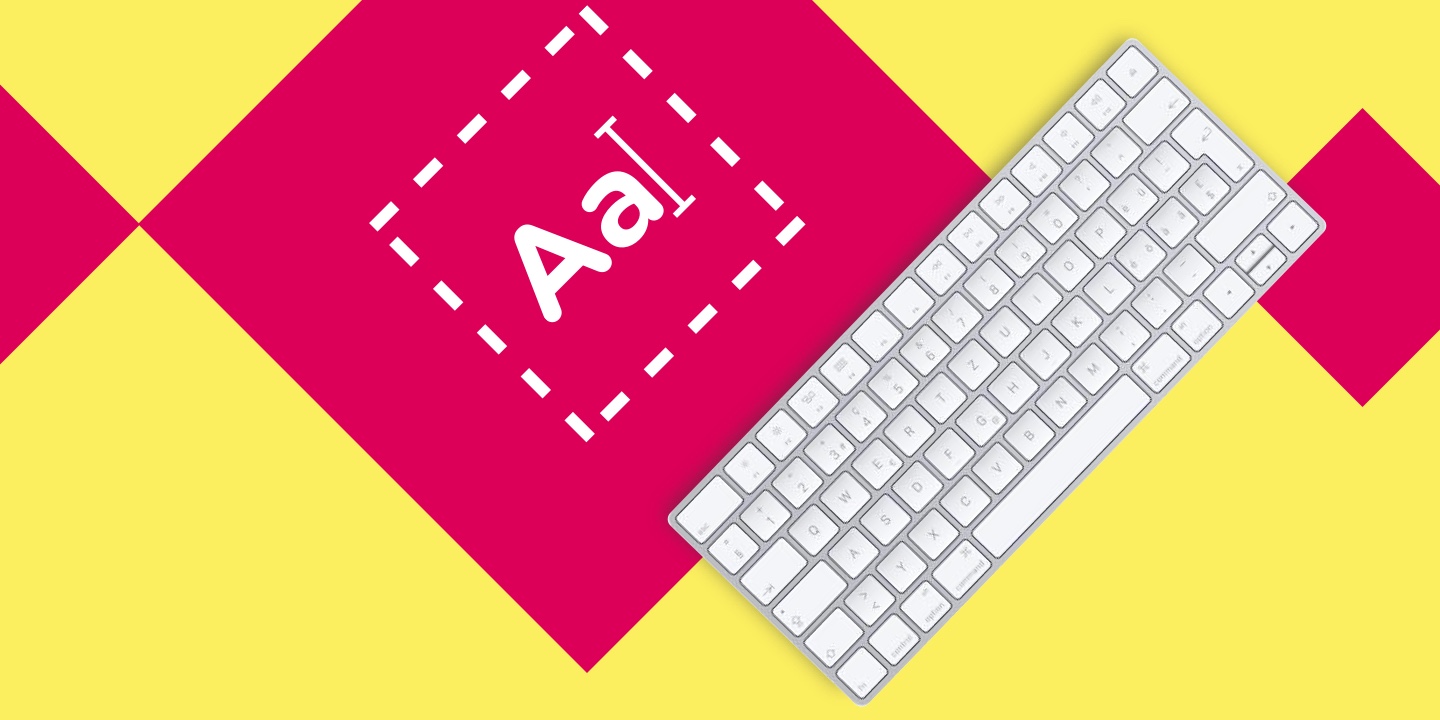What layout Means or how important is formatting in document translation revised

The restoration of a document’s original formatting after translation is comparable to the packaging of a product. Crumpled, damaged, or dirty packaging may form a negative image of even the finest product. The same logic also applies to the translation of documents. Unformatted documents are very inconvenient to use. Text lines are moved and information in the file is not displayed well, which requires additional efforts.
Therefore, converting the text into an appropriate format is an essential part of the translation process. It is indispensable for several reasons.
First of all, it is practical. Formatting is required for the source files with complex graphics, charts, and tables. In any case, in addition to translating documents, a translator spends extra hours, sometimes even extra days (if the amount of work is substantial) copying all charts and tables to Microsoft Word.
Secondly, it is aesthetic. It seems easier to translate the original text in Excel or PowerPoint format. However, it should be noted that various languages have different word length. Russian words are, on average, longer than English words. In contrast, German words are longer than Russian words. Asian languages shall be considered separately. To receive professionally translated files of good design, the following steps of document processing should be performed: editing, page layout, reducing the font size, wrapping the lines, customizing cell borders, etc.
While paying attention to practical and aesthetic factors, many people forget that there is also an economic factor, namely the translation memory. Computer-aided translation systems work with text files. Therefore, the files should be converted into suitable formats in order to ensure their compatibility with the current translation database. This is a very important point, since often the cost of document formatting is completely insignificant compared to the benefits gained through using the translation memory.
Generally, the translator is interested in developing trustworthy relationships with customers. In the vast majority of cases, the price of the translation includes the cost of formatting. Although, for documents requiring a significant amount of formatting work, this is an additional paid service.

